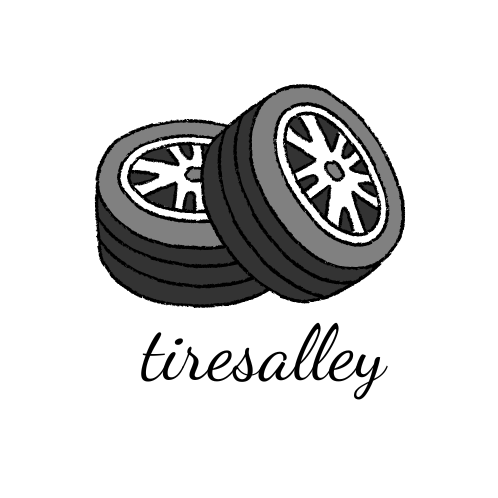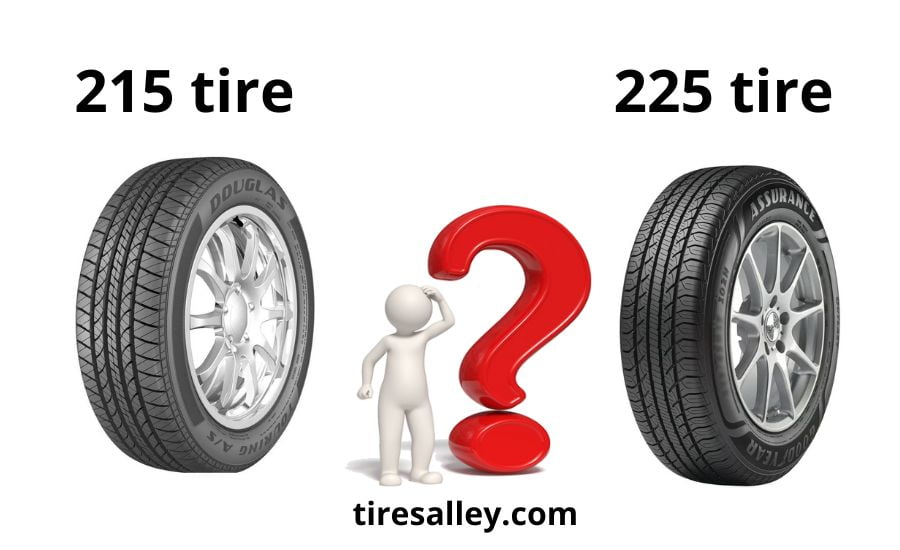Are you puzzled by the enigmatic codes on your new tires? Fear not! This guide is your roadmap to confidently navigate the world of rubber, rims, and which difference between 215 and 225 tires.
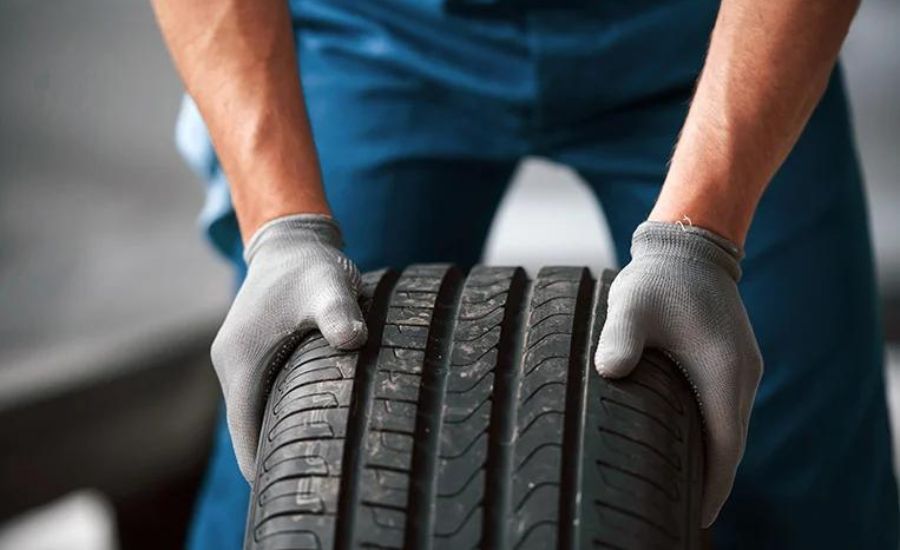
Contents
- 1 Demystifying tire sizes
- 2 Tire width: the big difference between 215 and 225
- 3 Performance and grip: when does width matter?
- 4 Fuel efficiency: the wider tire dilemma
- 5 Navigating the road: 215 vs. 225 in different conditions
- 6 All-season tires: can they handle both sizes?
- 7 Sidewall secrets: the aspect ratio’s role
- 8 Can you mix and match: replacing 225s with 215s
- 9 Rear vs. front tires: does width matter in placement?
- 10 The power factor: when do bigger tires make a difference?
- 11 More than just width: additional tire size differences
- 12 Choosing the right tire for your car: beyond 215 and 225
- 13 FAQ
- 14 Conclusion
Demystifying tire sizes
I am here to share with you my expert skills. First things first, let’s crack the code. Those seemingly random numbers and letters tell a story about your tire’s vital stats. The first three digits (e.g., 215) represent the tire’s width in millimeters.
So, a 225 tire is 10 millimeters wider than a 215 tire.
This seemingly small difference can have a big impact on your car’s performance and handling.
When choosing new tires, I always explain to my clients that it’s important to consider the rim size and wheel size. Rim size is the diameter of the wheel that the tire is mounted on, while wheel size is the diameter of the tire itself.
There are other things too: load rating and speed rating. It is often illegal to fit a tire that has a lower load rating or a lower speed rating than that of the manufacturer.
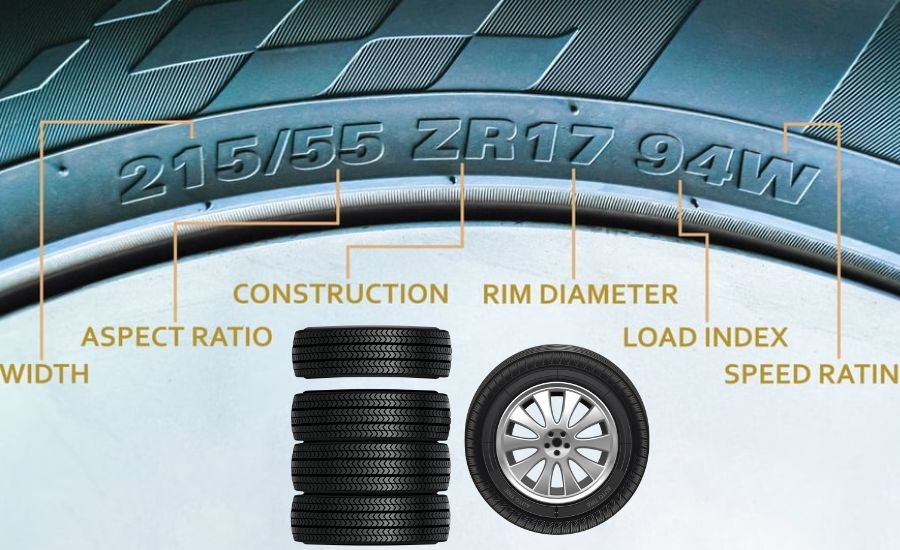
Tire width: the big difference between 215 and 225
Think of the tire width as the footprint your tire leaves on the road. A wider tire (like a 225) provides more contact area, leading to:
- Improved grip: more rubber on the road translates to better traction in dry and wet conditions, especially during cornering.
- Enhanced handling: wide tires offer greater stability and responsiveness, making your car feel more planted and agile.
- Shorter braking distances: more contact with the road allows for quicker stops, improving safety.
However, there’s no such thing as a free lunch in the tire world. Wide tires also come with some drawbacks:
- Reduced fuel efficiency: the extra bulk of a 225 tire creates higher rolling resistance, meaning your car needs more fuel to overcome it.
- Extra weight: wide tires are heavier, putting more strain on your suspension and potentially impacting ride quality.
- Potential clearance issues: depending on your car’s wheel wells, 225 tires might rub against the fender, causing damage.
- Wheel spin: additionally, 225 tires may cause wheel spin, which occurs when the tires lose traction and spin faster than the actual speed of the car. This can lead to less grip and difficulty in maneuvering the car.
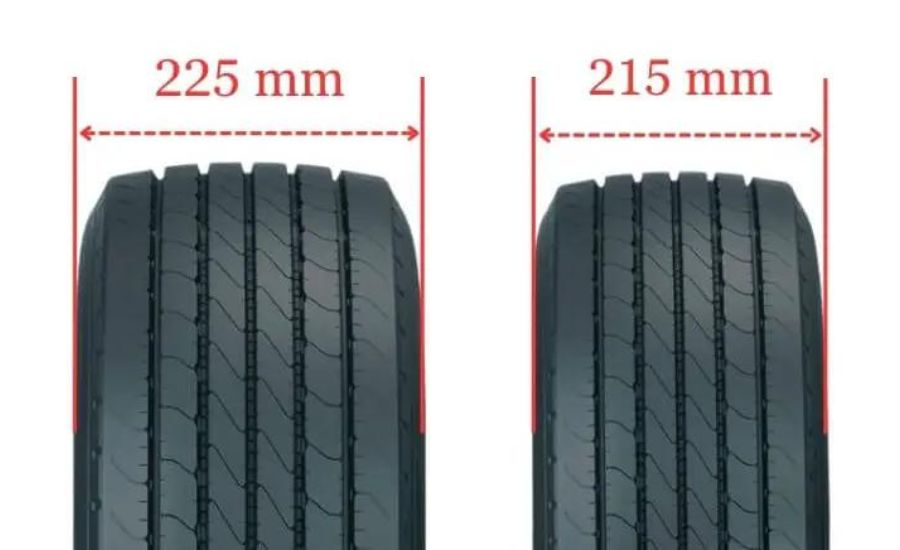
Performance and grip: when does width matter?
So, does wider always mean better? Not necessarily. The ideal width depends on various factors, including:
- Vehicle type: sports cars benefit more from wider tires that give more grip and handling, while fuel efficiency might be a bigger concern for sedans.
- Driving habits: if you prioritize sporty driving and enjoy pushing the limits, a wide tire might be your friend. However, if you value better fuel economy and comfortable cruising, a narrow tire might be the way to go.
- Weather conditions: in snowy or rainy climates, narrower tires can sometimes provide more traction due to their ability to “cut” through the elements.
Fuel efficiency: the wider tire dilemma
Let’s face it, nobody enjoys frequent trips to the gas station.
Wider tires mean more fuel consumption. So it is not a fuel-efficient choice.
Rolling resistance is the force that opposes a tire’s forward motion.
Bigger tires have a larger contact area with the road, creating more friction and requiring more energy to roll.
This translates to reduced fuel economy, especially at higher speeds.
The ideal width also depends on your typical driving terrain. Let’s explore how 215 and 225 tires fare in different conditions:
- Dry roads: on dry pavement, wider tires generally offer superior grip and handling, making them a good choice for spirited driving. They are also a better response to lateral forces.
- Wet roads: in wet conditions, the story gets more nuanced. While wider tires have more contact area, narrower tires can sometimes dig through standing water more effectively, leading to better traction in some situations.
- Snow and ice: in snowy or icy conditions, narrower tires may outperform due to their ability to cut through the snow and maintain contact with the road surface. However, studded tires are the ultimate winter warriors, regardless of width.
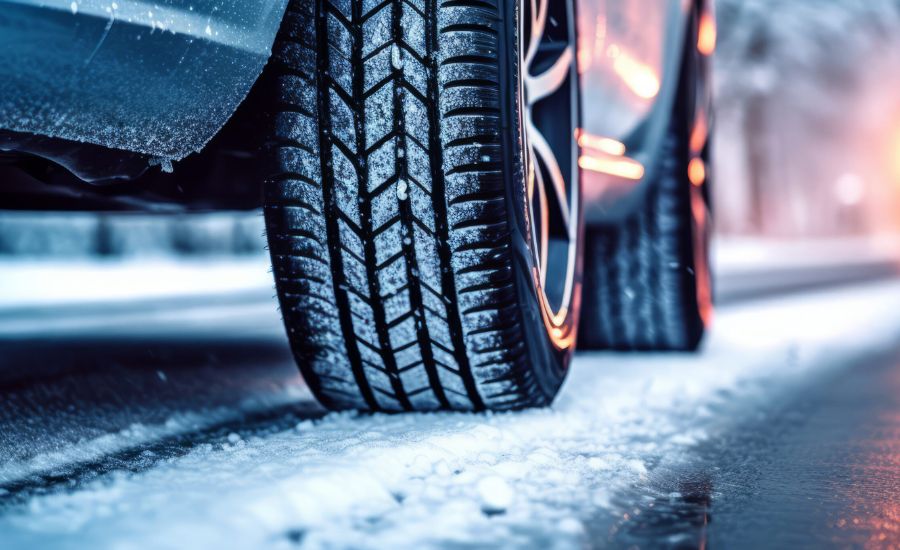
All-season tires: can they handle both sizes?
Many drivers opt for all-season tires for their year-round versatility. These tires offer a compromise between summer and winter performance, but can they handle both 215 and 225 sizes?
Most all-season tires come in various width options, so you can choose the size that best suits your needs and vehicle.
Just remember to check your car’s owner’s manual or consult a tire specialist to ensure the chosen width is compatible with your car’s specifications and wheel clearance.
Sidewall secrets: the aspect ratio’s role
Another important factor to consider when choosing between the two tires is the aspect ratio. The aspect ratio can affect your tire’s performance as this decides how your tire reacts to lateral forces.
The aspect ratio is the tire’s sidewall height expressed as a percentage of the tire width. For example, if the aspect ratio is 60, then the height of the sidewall is 60% of the tire’s width.
Tires with a lower aspect ratio provide a firmer ride, while those with a higher aspect ratio are geared for comfort.
What does this mean for 215 vs. 225 tires? Generally, a higher aspect ratio (e.g., 65) translates to a taller sidewall, offering:
- Smoother ride: the extra rubber cushion absorbs bumps and imperfections, providing a more comfortable driving experience.
- Greater load capacity: taller sidewalls can handle heavier loads, making them a good choice for SUVs and trucks.
However, taller sidewalls also come with downsides:
- Reduced handling: the taller sidewall can flex more during cornering, leading to less responsive steering.
- Slower acceleration: the extra weight of the taller sidewall can slightly impact acceleration.
Can you mix and match: replacing 225s with 215s
Swapping sizes, such as replacing 225s with 215s, is tempting for better fuel economy. However, I advise you to proceed with caution!
- Safety first: always prioritize safety. Mixing sizes on the same axle (front or rear) can compromise handling and braking stability, potentially leading to dangerous situations.
- Consult your manual: check your car’s owner’s manual for the manufacturer’s recommended sizes. Deviating from these recommendations can void your warranty or create compatibility issues.
- Clearance concerns: ensure the tires don’t create clearance issues with your brakes or suspension components.
Rear vs. front tires: does width matter in placement?
Some vehicles, particularly performance cars, might use different tire widths on the front and rear axles.
This setup, known as staggered fitment, has its advantages:
- Enhanced handling: wider rear tires improve grip and stability during cornering and acceleration.
- Sharper steering: narrower front tires provide quicker turn-in response.
However, staggered fitment also comes with drawbacks:
- Increased cost: you need to buy two sets of different-sized tires.
- Potential wear imbalance: the different tire wear rates front and rear may require more frequent replacements.
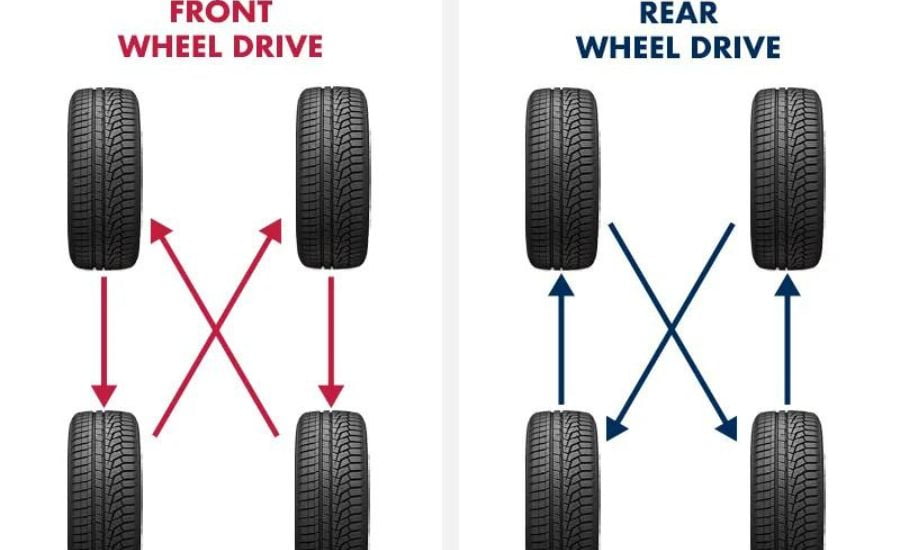
The power factor: when do bigger tires make a difference?
For vehicles with more power and performance, wider tires can be a game-changer.
The extra grip allows them to harness their increased power more effectively, leading to:
- Improved acceleration: wider tires put more power to the ground, resulting in quicker takeoffs and better launch control.
- Enhanced cornering: the larger contact patch provides better grip during high-speed maneuvers, boosting overall confidence and control.
More than just width: additional tire size differences
Remember, tire size is more than just width.
Other crucial factors include:
- Aspect ratio: the proportion of the tire’s sidewall height to its width, expressed as a percentage.
- Rim diameter: the size of the wheel the tire mounts on, measured in inches (e.g., 16 inches).
- Tread pattern: the grooves and design of the tire tread impact traction and performance in different conditions.
Choosing the right tire for your car: beyond 215 and 225
Ultimately, the perfect tire size for your car depends on various factors beyond just 215 vs. 225.
Facts that I consider when choosing the perfect tire size:
- Your vehicle’s specifications: consult your owner’s manual for recommended tire sizes and consult a tire specialist for advice.
- Your driving habits: do you prioritize fuel efficiency, better grip, or all-weather performance?
- Your budget: tire prices vary based on size, brand, and performance characteristics.
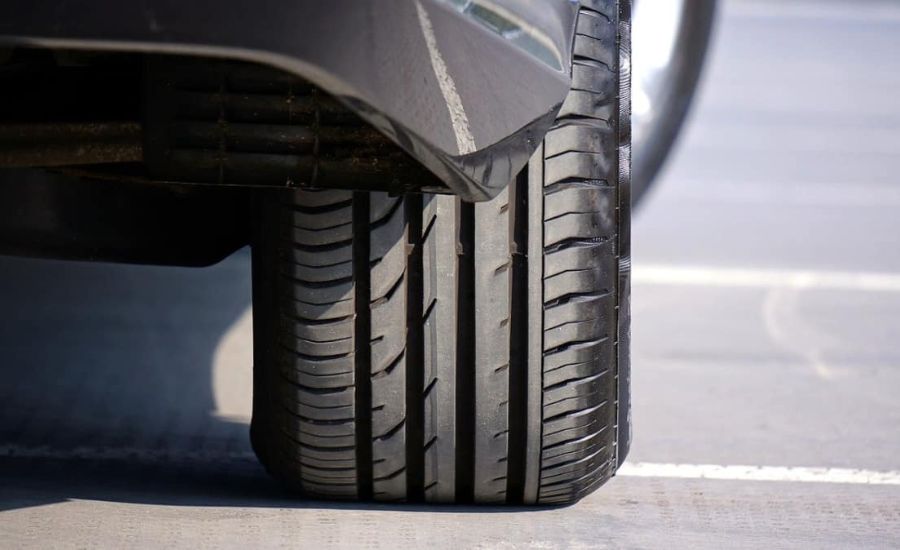
FAQ
Can I use 225 tires instead of 215?
Maybe. Check your car’s manual and ensure the 225 tires won’t cause clearance issues or impact handling negatively.
Can I use 215 60r16 instead of 225 60r16?
Not necessarily. The difference in width and aspect ratio might affect compatibility and performance. Consult a tire specialist.
What is the difference between 225 50r17 and 215 50r17?
The first number is 10mm wider, and the second number indicates a slightly taller sidewall in the 225/50R17 size.
Can I use 245 tires instead of 225?
Again, consult your manual and a specialist. A 20mm jump in width could significantly impact performance and compatibility
Conclusion
Navigating the world of 215 vs. 225 tires can be perplexing, but I hope this guide has shed some light. Remember, the ideal tire size depends on a unique combination of factors specific to your car and driving needs. While wider tires offer better grip and handling, they also come with reduced fuel efficiency and the potential for wheel spin.
The aspect ratio is another important factor to consider when choosing between two tire sizes. It’s always best to consult with a professional to determine the best tire size for your car. So, you can contact me with any questions!
